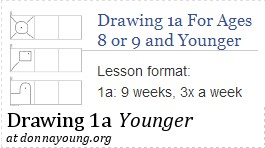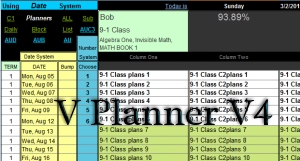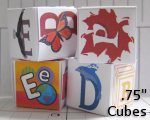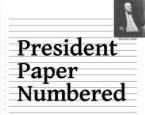Lie or Lay
The words lie and lay can be very confusing. There are a few things to remember about these two words that will help.
To lie means to rest.
To lay means to place or to put [an object]
The forms of lay require a direct object.
That means when a form of to lay is used, something ... an
object, must be in the sentence receiving the action of lay.
The presence of the object is a big clue. NOTE: Do not confuse a direct
object with an object of the preposition.
Past Tense Examples:
Emily laid the vase
on the table. Emily placed the vase on a table.
Vase is the
direct object. Laid
is the past tense of lay. On
the table is a prepositional phrase.
Emily lay on
the couch. >> There is no direct object
in this sentence. Emily is resting on the couch.
(on the couch is a prepositional phrase, making couch the
object of the preposition.)
Lay is the
past tense of lie.
Present Participle Example:
The truck was lying on its side. >> There is no direct object in this sentence. The truck is resting; it is not placing. You would not say the truck was laying on its side. Lying is the present participle tense of lie.
| Present | Present Participle | Past | Past Participle |
| lie(s) | lying | lay | (have) lain |
| lay(s) | laying | laid | (have) laid |
Hello Visitor!
I am currently working on this website to add to its ginormousness. Thank you for visiting, and please subscribe yearly to access my many printable files! Donna Young
May 13, 2021

 V Planner
V Planner




